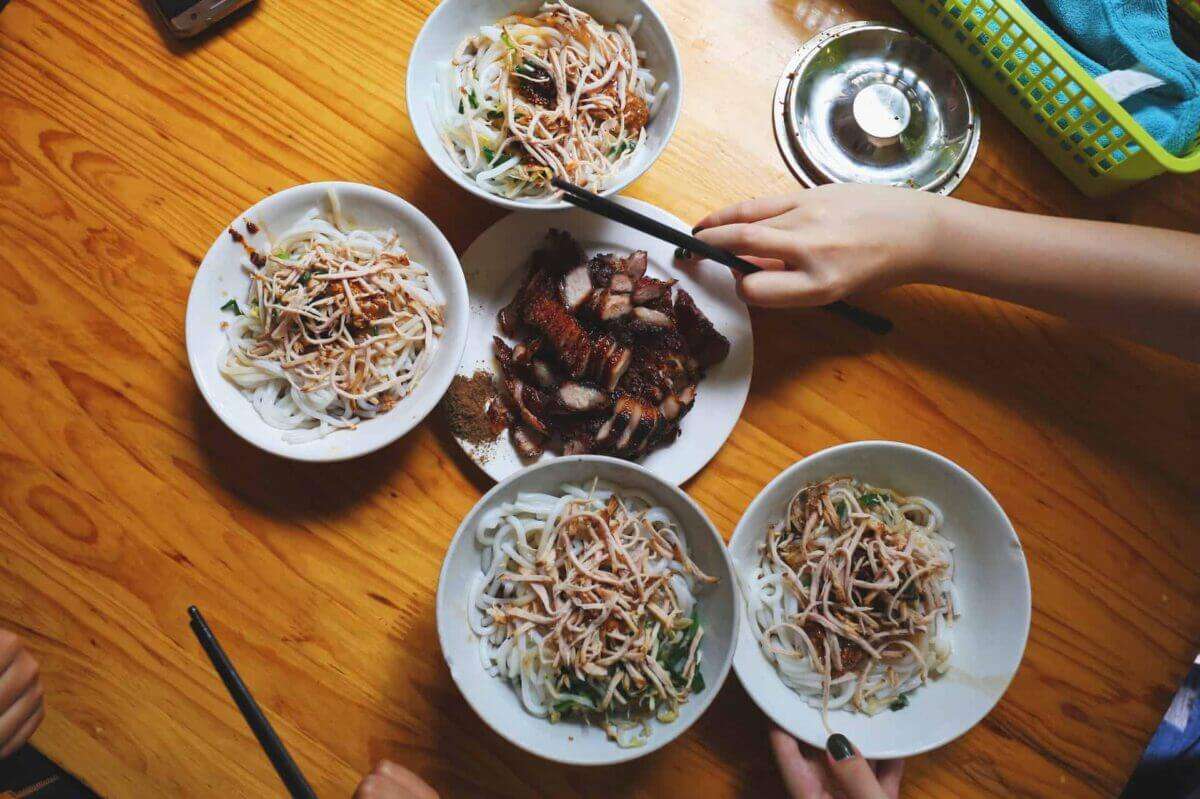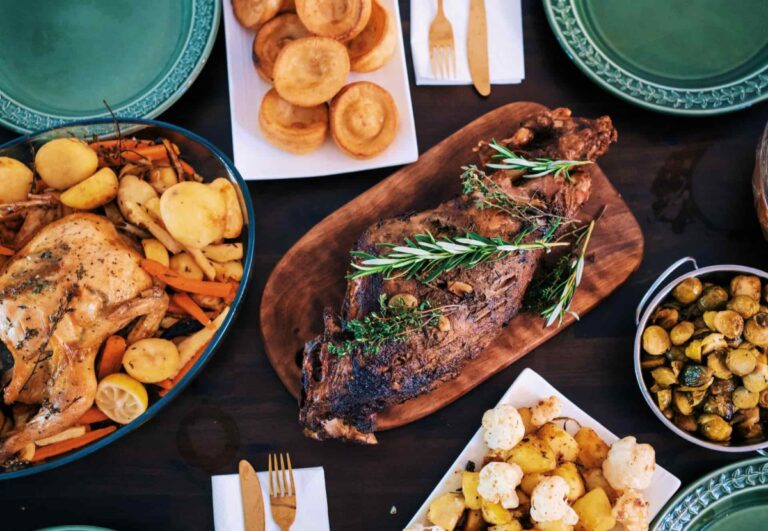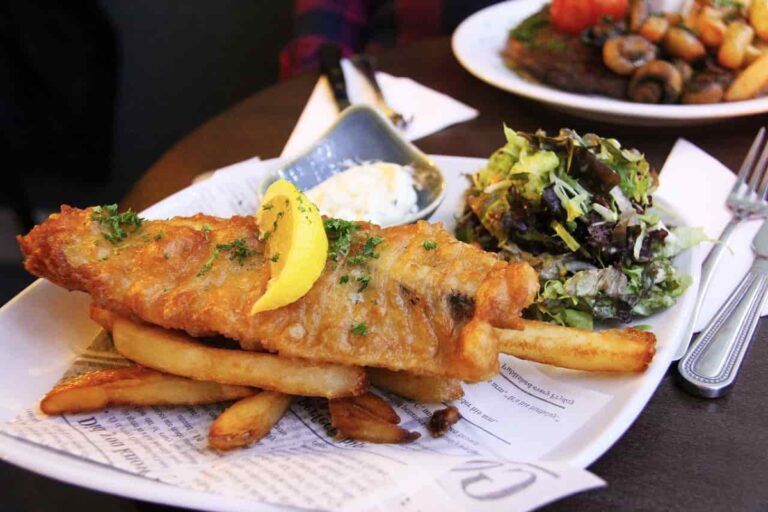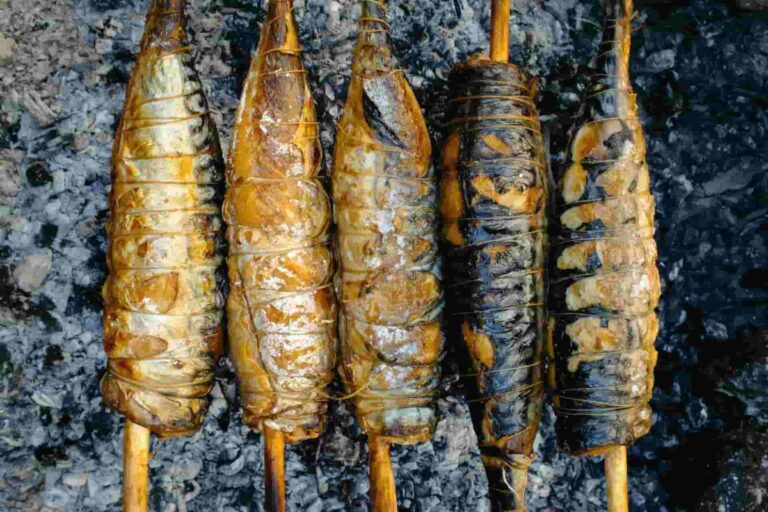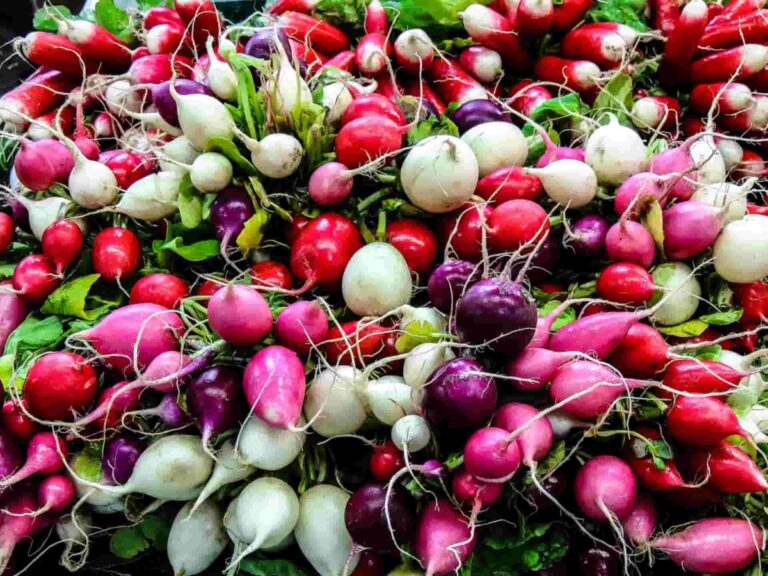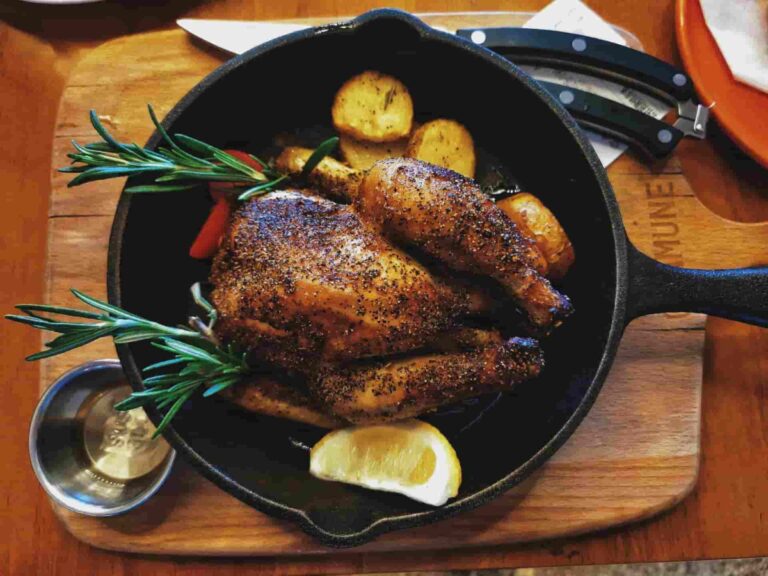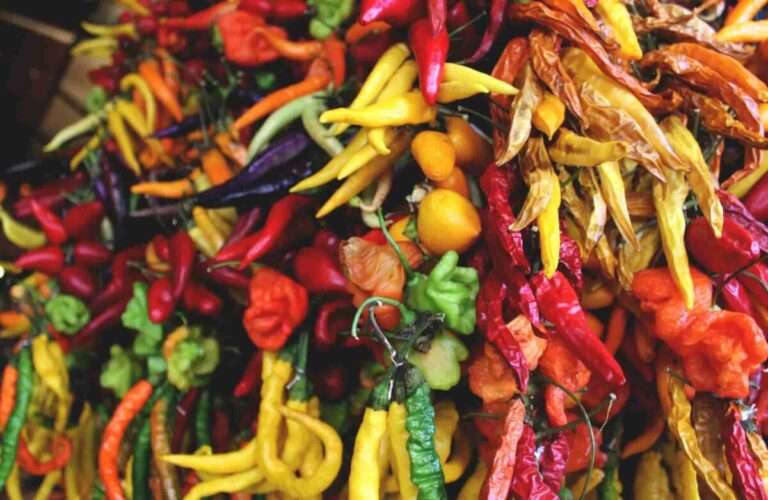37 best bean sprouts free tips and secrets
Did you know the Chinese have known for centuries that bean sprouts have beneficial health effects?
- Nobles in ancient China consumed them for the purpose of regenerating and curing themselves. It was common practice to bring beans on long sea voyages, where they would be sprouted and then eaten as a means of preventing scurvy.
- Although mung beans and soy beans are the most frequently sprouted beans, other kinds of legumes, such as alfalfa, kidney beans, lentils, chickpeas, and white beans, are also frequently sprouted. The most common sprouted beans are mung beans and soy beans.
- When there was a shortage of meat during World War II, experts advised that people consume bean sprouts as a substitute for meat since it was one of the most effective methods to increase the amount of protein consumed.
- You may simply germinate seeds on the counter of your kitchen to grow sprouts. The majority of beans may be germinated in glass jars, and after three to four days, they are ready to consume.
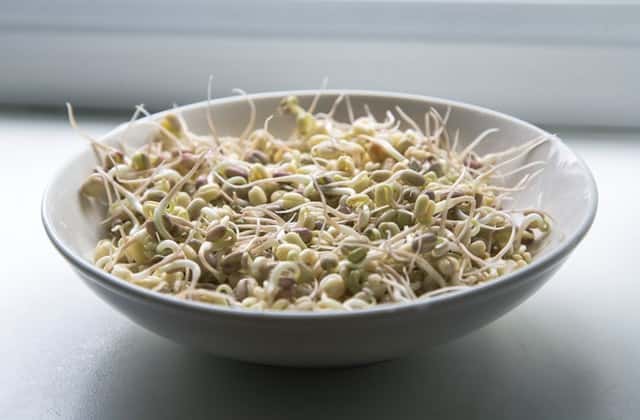
Bean sprouts nutrition values and health benefits
- Bean sprouts are beneficial to one’s health in a number of different ways, including the high levels of vitamin C that they contain, as well as the proteins and fibres that contribute to their characteristic crunchiness. Including bean sprouts in your diet may provide you with a number of health advantages, some of which are listed below.
- Because they contain peptides, which are building blocks of proteins, bean sprouts may be beneficial in the prevention and treatment of high blood pressure, often known as hypertension. During the sprouting process, significant quantities of peptides are created. Several studies have shown that they are effective in lowering blood pressure.
- There is some evidence that the proteins and peptides found in bean sprouts may help lower the chance of developing cancer. According to a number of studies, these nutrients have the ability to inhibit the proliferation of cancer cells, including those that are connected to breast cancer, leukaemia, and tumours of the digestive system.
- The insoluble dietary fibre found in bean sprouts is beneficial to digestion because of its high content. It travels rapidly through the digestive system, collecting and transporting waste materials as it proceeds along the way. The colon is “cleaned out” by fibre, which is beneficial. It performs a function very similar to that of an interior scrub brush. It is essential for the prevention of constipation to consume a diet that contains an adequate amount of insoluble fibre.
- As a result of the high quantities of antioxidants that bean sprouts contain, eating them may reduce your risk of developing common eye disorders such as age-related macular degeneration (AMD). AMD is the most common reason people over the age of 50 lose their eyes. Antioxidants may assist in lowering the risk of developing age-related macular degeneration.
- In addition, bean sprouts have a high vitamin C content, which has been shown to help prevent cataracts. According to a number of studies, those who maintained a diet rich in vitamin C over a period of at least ten years had a lower probability of requiring cataract surgery.
- The cholesterol-regulating effects of bean sprouts may contribute to an overall improvement in cardiovascular health. According to many studies, sprouts may help lower levels of “bad” LDL cholesterol, which contributes to the formation of plaque that may block arteries. The levels of the so-called “good” HDL cholesterol, which aids in the removal of fatty deposits from the bloodstream, may also be raised by eating bean sprouts.
- Bean sprouts are an excellent source of vitamin C, providing 23 percent of the daily value in a single serving. In addition to this, they are a good source of calcium, which is necessary for maintaining strong bones and teeth. They also have a high iron content, which is essential for maintaining healthy blood.
100g of bean sprouts has 30 calories (126kj), 3g protein, 0.2g fat, and 6g carbs including 1.8g fibre
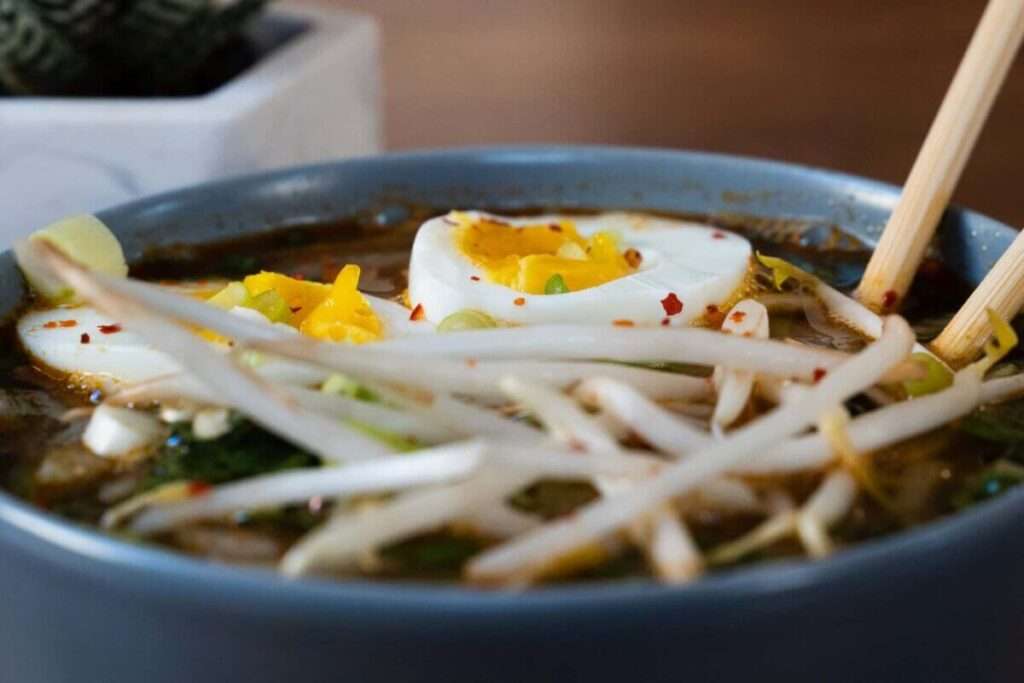
How to store bean sprouts and how to buy them
- When you’ve finished growing or purchasing bean sprouts, be sure to thoroughly wash them. Before utilising them, be sure to give them a thorough washing in ice water to remove any seed coatings, roots, or other debris that could be on them. If you want to use them within the same day, you need to store them in the refrigerator at a temperature between 1 and 5 degrees. To ensure that the sprouts remain moist, lay a plastic bag that has been filled with wet paper towels on top of them.
- Another option is to refrigerate the sprouts in a bucket of ice water, in which case the water should be changed many times every day. It is expected that the sprouts would have a longer shelf life than when they are stored in a plastic bag because of the amount of time they are exposed to the environment while being transported or while being displayed on the shop shelf.
- The best way to preserve sprouts for an extended period of time is to freeze them. To clean the sprouts, follow the instructions given in the first step exactly. After that, steam each layer for three minutes, starting with the bottom layer and working your way up. After promptly cooling off in cold water, drain the liquid. Put the sprouts in plastic containers and make sure the lids are on nice and tight.
- Include sprouts in your diet if you are making an effort to minimise the amount of weight you are carrying. Sprouts provide the body with the kinds of enzymes that make carbohydrates and proteins more digestible. This enables the body to absorb the greatest possible quantity of nutrients from the food that it eats. Moreover, due to the high concentration of fibre in sprouts, eating them may assist you in feeling fuller for longer periods of time and in maintaining an optimal level of blood glucose.
- To begin with, it is essential to emphasise the significance of keeping in mind that you should not take any chances if you have the sneaking suspicion that your sprouts have gone bad. Throw them away, clean out your vessel, and start again. Growing them is so simple and inexpensive that it shouldn’t even be a consideration.
- The following is a list of warning indicators that your sprouts have gone bad:
- Mung bean sprouts need to have little to no odour, much like any other component of the salad, or at most a somewhat earthy aroma. It is a sign that things have gone bad if they smell rancid, fishy, sour, or anything else noxious. It’s possible that a coating may form on them if you haven’t cleaned them sufficiently, so be sure to do that first before smelling them.
- Mould is a tell-tale indicator that your sprouts have gone bad at the first sight of any fuzzy clusters of mould. If it was grown properly, the surface ought to be bright and maybe even somewhat reflective. There should be no coatings or layers that develop, and the most frequent sort of mould that forms is a fuzzy white covering.
- They should merely have a snap to them since they are simple in nature. They should not be chewy, mushy, or sour; if they are any of these things, it is a sign that they have gone bad; get rid of them right away.
- Both bright and dark settings are suitable for the germination of mung bean sprouts. Growing beans in direct sunlight is not recommended because it may cause them to overheat or dry out. Those sprouting in the dark will have a crisper texture and a whiter colour, similar to commercially available Chinese bean sprouts. However, they will have less nutritional value than those produced in partial sunshine.
- The sprouts will grow to be larger and crunchier if they are subjected to pressure, such as by placing a weight on top of them in their sprouting container. This will produce sprouts that are equivalent to those that can be purchased in supermarkets.
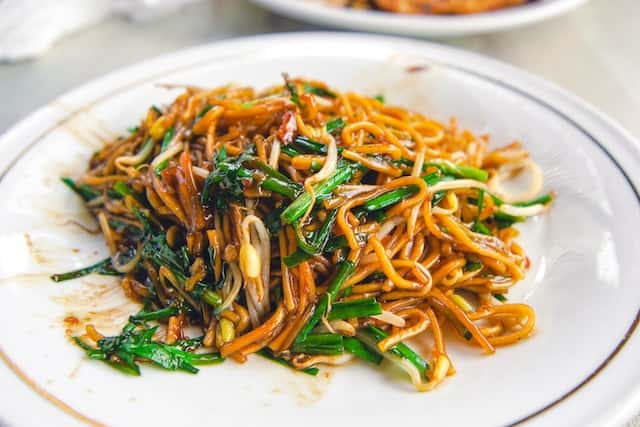
Cooking techniques, secrets, and tips from the kitchen
- Togue, also known as mung bean sprouts, is an easy dish to make for this traditional Filipino dish of sautéed togue. In addition to that, it is often used in the process of making the filling for lumpiang togue. Garlic and onions need only be cooked in oil in order to complete this step. To complete the dish, add ground pork or prawns and simmer until done. Continue cooking for another 5 minutes after adding the mung bean sprouts. Add fish sauce, salt from the sea, and freshly ground black pepper to taste. Enjoy yourself to the fullest.
- In East Asia and South-East Asia, you will likely come across a range of traditional salads that use bean sprouts. Depending on the location, bean sprouts may be either raw or cooked, so it is important to be aware of this fact. People in Thailand will sometimes accompany their bowls of pho with a side of raw bean sprouts.
- After being placed in water that is rapidly boiling, the bean sprouts are ready to eat in about a minute and a half. Before beginning to prepare them, it is essential to ensure that they have been washed thoroughly under a stream of cold water. To prevent the bean sprouts from being overcooked during the boiling process, it is essential to drain them well.
- If you want to sauté the bean sprouts, set your burner to a setting that provides a medium amount of heat. For around three to five minutes, give the sprouts a little toss every so often to ensure that they cook evenly. Consume them when they are still a little bit hot from the oven.
- The time required for cooking bean sprouts is quite short. If you cook them for too long, they will lose their crispiness and turn into a very mushy consistency. While they are cooking on the heat, you will need to toss them very often to ensure even cooking. If you do not do this, the bean sprouts in your meal will be a mixture of those that have been cooked for too long and those that have not been cooked at all.
- Sprouts of beans, especially mung and soy bean sprouts, are regarded as a “superfood.” Make an effort to include a little amount in each of your juice and smoothie recipes for an extra healthy kick. In the Western world, bean sprouts are most often eaten fresh in salads and sandwiches, and more lately, in juices and smoothies as well. Sprouts are most often associated with the cuisine of the East, where they have a long history of both culinary and medicinal usage dating back millennia. Sprouts are a staple ingredient in many Eastern dishes. However, mung bean sprouts, in particular, have long been a staple in the diets of people in India, South America, and Africa.
- The name “Hiyashi Chuka” translates directly to “chilled Chinese.” On the other hand, it is a traditional meal from Japan consisting of cold ramen noodles with a variety of colourful toppings. The most common toppings include strips of egg crepes, cucumber, ham, boiled chicken, boiled bean sprouts, tomatoes, imitation crab, and pickled red ginger. A dressing made with soy sauce or sesame seeds is often drizzled on top of the noodles and toppings. When it’s warm outside, it’s the perfect time to enjoy this refreshing cold noodle salad. They are often served throughout the summer months in restaurants in Japan.
- Bean sprouts have the potential to become a mouth-watering meal if they are prepared with ingredients such as garlic, fresh red chilli, scallions, light soy sauce, Chinese black rice vinegar, and Sichuan pepper. You may turn it into a meal by serving it with some kind of meat. When used in stir-fries, mung bean sprouts are a delicious complement to a wide range of meats, including pork, beef, chicken, and even fish.
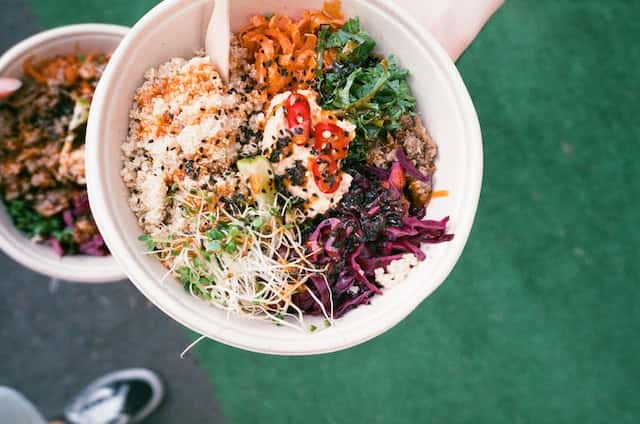
History of bean sprouts from the beginning until today
- According to historical sources, the cultivation of bean sprouts dates back more than 5000 years and originated in Asia. A time-honoured method that has been handed down through the centuries involves placing a large stone on top of a bucket in which green or black mung beans or soybeans are being cultivated. Over the course of many days, the sprouts were given water multiple times each day.
- Sprouts have a long history of usage as both a meal and a treatment for many ailments. Although it took decades for the Western world to fully recognise the nutritional advantages of this crop, sprouts have long been a staple in the diets of Asian people.
- In the course of their voyages, which typically lasted between two and three years, sailors often fell victim to scurvy as a consequence of a deficiency in vitamin C. This led to an elevated death rate among sailors. When Captain James Cook was commanding his crew in the 1700s, he demanded that they ingest limes, lemons, and a variety of sprouts since these foods were all rich in vitamin C. They were credited with the breakthrough, along with other fresh fruits and veggies and a continual programme of planting and eating sprouts, which served to ease the mariners’ most major casualty concern. Other fresh fruits and vegetables also had a role in this.
- So-called “Westerners” have just in the last thirty years acquired a genuine interest in sprouts and the procedures for growing sprouts. The popularity of sprouts skyrocketed during World War II due to their usefulness in the war effort.
- This was the dramatic opening remark made by Dr. McKay, and it went as follows: “Wanted!”
- A vegetable that can be grown in any climate, has the nutritional value of meat, matures in three to five days, can be planted at any time of the year, does not require soil or sunlight, has more vitamin C than tomatoes, generates no waste during the preparation process, and can be cooked with little fuel and in as little time as “chop”
- Mung bean sprouts have a flavour that is subtle, fresh, and somewhat vegetal; as a result, they won’t overpower the meal. They have a propensity to take on the tastes of the environment in which they find themselves. The sprouts provide primarily a crisp and juicy component to the dish. They provide a pleasant moment of contrast, particularly in meals prepared via stir-frying, which often comprise a variety of tastes and textures in a variety of proportions.
- Mung bean sprouts are sold in the produce area of most supermarkets and in all Asian markets. They are often located next to the tofu at these establishments. Health food shops are another common location for the sale of these items. You may buy them already packed or unpackaged and loose in containers to buy by the pound.
